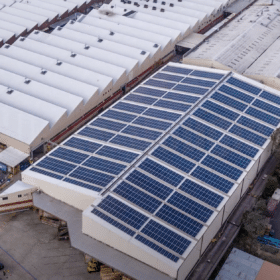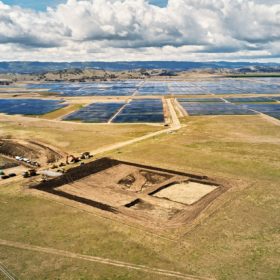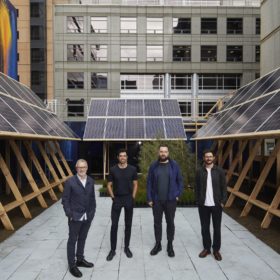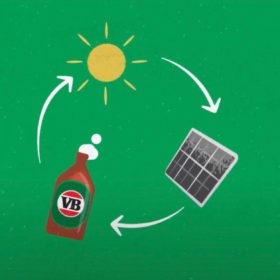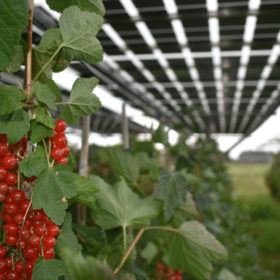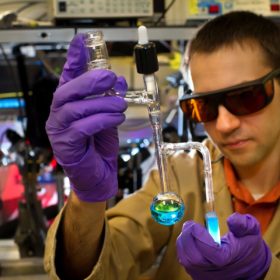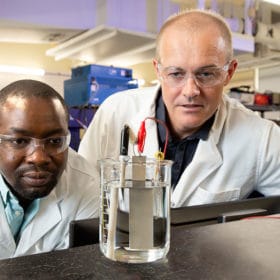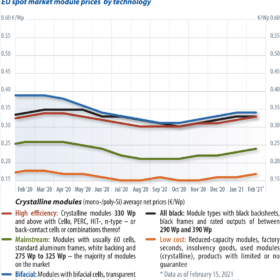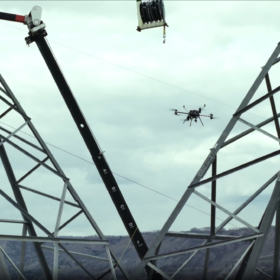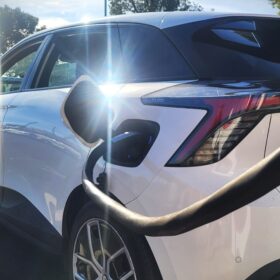Australian first: manufacturer directly shares excess solar generation with employees
Blinds and awnings manufacturer Hunter Douglas will utilise the Enosi Powertracer platform to direct its oversupply of rooftop solar to benefit its workforce.
Sunday read: Building PV for the future
Financiers and investors have always understood that PV power plants play a more prominent role than just generating profits – they also produce electricity without emitting carbon. Lately, the sector is discovering that PV can fulfill a much larger range of environmental functions – improving biodiversity, removing carbon from enriched soils, and producing food in an environmentally sustainable way. Everoze Partner Ragna Schmidt-Haupt argues that putting ecological sustainability at the heart of PV project planning and operation should become the new standard.
Here’s what Biden’s infrastructure bill offers solar and cleantech
The $2 trillion package includes a proposed 10-year extension of the ITC and PTC and calls for further incentives to add transmission capacity. Most solar advocates liked it, but one nonprofit panned it as being too industry-friendly.
Apple’s suppliers embrace renewable energy
The move is part of the U.S. technology company’s 2030 plan to rely 100% on renewable energy.
Solar steals the show at Melbourne Design Week
An independent exhibition brought to Melbourne Design Week by a group of 15 of the city’s top architectural firms demonstrates the blueprint for Melbourne’s transformation to “A New Normal”. “A New Normal” is a plan to transform Greater Melbourne into a self-sufficient city by 2030.
Solar earns the thirst, you drink the beer – new platform lets you trade PV for VB
Iconic Australian beer Victoria Bitter has partnered with Diamond Energy and Power Ledger to develop Solar Exchange, a blockchain-enabled platform that allows residential PV owners to exchange their excess solar for cases of beer. This is not an April Fool’s prank, miracles do happen, stay calm and exchange your excess solar for slabs!
Baywa’s ‘fruitvoltaic’ project to bear fruit – 23 tons a year, in fact
A 1.2 MWp installation featuring more than 4,500 solar panels has sheltered a berry crop from high temperatures and damp to strengthen the claims made by agrivoltaics companies that their systems can offer climate change mitigation as well as clean energy.
Australian cleantech startup competition draws $50,000 grant for winner
A $50,000 development grant will be awarded to the winner of this year’s national ClimateLaunchpad competition, which aims launch early-stage cleantech startups into the market.
Queensland scientists’ remarkable renewably powered carbon capture breakthrough
Scientists from the Queensland University of Technology have made a remarkable breakthrough in carbon capture and storage with a novel electrochemical process which can not only store carbon dioxide in water non-toxically with the power of solar or wind, but also produces by-products including green hydrogen and calcium carbonate, perhaps the key to decarbonising the cement industry.
Saturday read: Why human rights protection is pushing up module prices
The solar industry typically sees itself as being supportive of the environment, humanity, and human rights. Even large Chinese PV manufacturers publish statements to this effect, particularly if they are listed on Western stock exchanges. But what do human rights have to do with the solar industry? What connections exist, asks Martin Schachinger of pvXchange, and how are they important to the future success of the European PV market?
